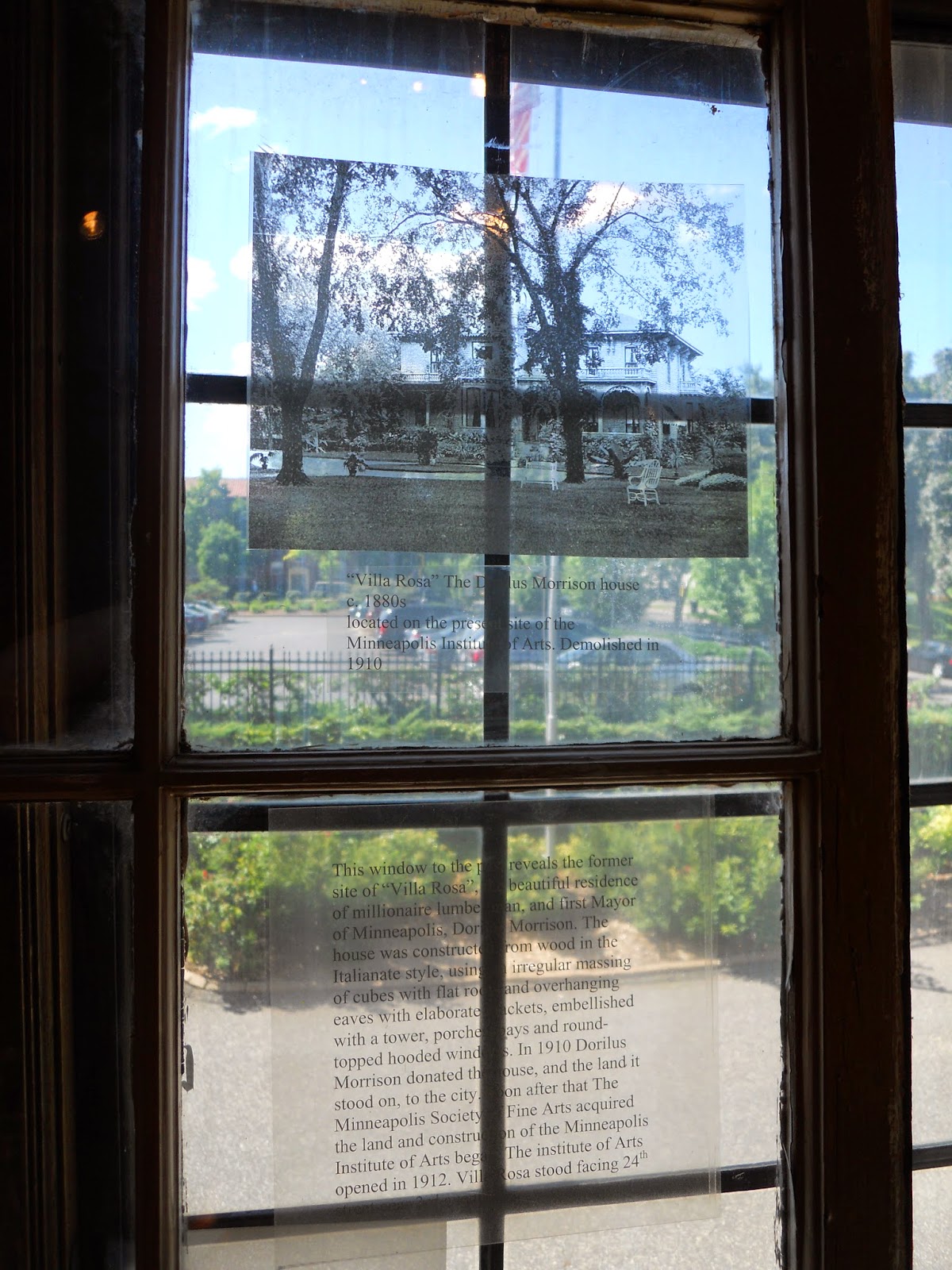The Victorians treasured hair as a remembrance of a loved one, and as a medium for . . . art! I learned all about this, um, strange art form at a small museum in Northfield, Minnesota.
 Ladies cleaned their hair brushes and deposited the hair into a hair receiver. My grandma had one of these on her dresser. She wore her hair in a neat little bun, and as her hair got thinner and thinner, she stuffed the bun with her own hair to make it bigger. (I must say, I found it kind of creepy to find after she died.)
Ladies cleaned their hair brushes and deposited the hair into a hair receiver. My grandma had one of these on her dresser. She wore her hair in a neat little bun, and as her hair got thinner and thinner, she stuffed the bun with her own hair to make it bigger. (I must say, I found it kind of creepy to find after she died.)By braiding, wrapping, and looping, the hair was turned into wall decorations, jewelry, and keepsakes such as rings, bracelets, watch fobs, and lockets. Supporters of English king Charles I after his death were given rings made from his hair.
 |
| Brooch and bracelet |
 Here you can see the details of all the different colors of hair used. The catalogue company, Sears & Roebuck and others began selling hair art, and to fill the demand, scandals emerged about how the hair was obtained. Exposes showed that European peasant girls were being shorn for their locks, and the dead were being robbed of their hair for resale. Sales plummeted and the popularity of hair art with it around 1925.
Here you can see the details of all the different colors of hair used. The catalogue company, Sears & Roebuck and others began selling hair art, and to fill the demand, scandals emerged about how the hair was obtained. Exposes showed that European peasant girls were being shorn for their locks, and the dead were being robbed of their hair for resale. Sales plummeted and the popularity of hair art with it around 1925.
I have seen pieces of the wall art in antique stores and thought, who would buy that! What do you think, creepy or beautiful?
Thanks for reading my blog. If you leave a comment, I will return your visit.












































